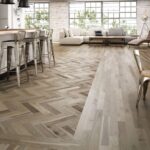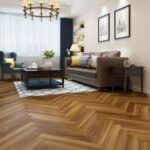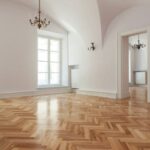Herringbone flooring is one of the most iconic and sophisticated patterns that have graced homes and public spaces for centuries. Known for its unique zigzag design, this flooring pattern adds a touch of elegance and refinement to any room.
Herringbone flooring adapts seamlessly to various interior styles, whether you’re aiming for a traditional or modern look. Suppose you’re looking for a way to elevate the aesthetics of your home. In that case, herringbone flooring in Dubai offers a perfect blend of style, durability, and luxury that fits the local design trends.
The History Behind Herringbone Flooring

The origins of herringbone flooring trace back to ancient Rome, where the pattern was first used in road construction. The interlocking design created a sturdy surface capable of withstanding heavy traffic. It wasn’t long before this pattern made its way into homes, primarily in the form of wood flooring. Over time, herringbone became synonymous with elegance and was widely used in palaces and estates throughout Europe.
Why Herringbone Flooring Stands Out

One of the key reasons herringbone flooring remains a popular choice today is its timeless appeal. The intricate pattern creates a sense of movement and texture, making any space feel more dynamic. Here are a few other reasons why herringbone flooring stands out:
- Versatility: Whether you’re opting for hardwood, laminate, or even tile, herringbone can be installed in various materials.
- Aesthetic Appeal: The geometric precision of the herringbone pattern enhances visual interest, creating a striking focal point.
- Customizable: You can personalize the size, color, and finish of the planks to suit your design preferences.
Types of Herringbone Flooring
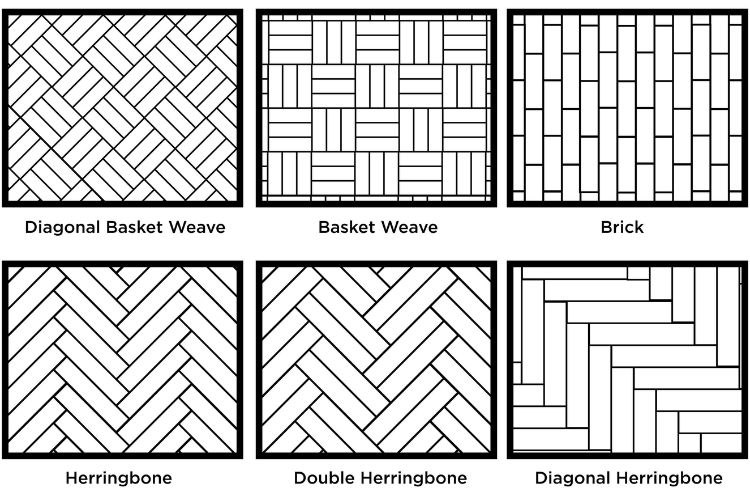
Herringbone flooring’s unique benefits come in a variety of materials, each with its own advantages:
- Hardwood: Traditional and luxurious, hardwood herringbone flooring adds warmth and character to any room. Popular choices include oak, walnut, and ash.
- Engineered Wood: This is a more affordable option that provides the same aesthetic as solid wood but is more resistant to moisture and temperature changes.
- Tile Herringbone: Ideal for kitchens and bathrooms, tile herringbone flooring offers a sleek and durable alternative to wood, often available in stone or ceramic finishes.
Why Choose Herringbone Flooring for Your Home?
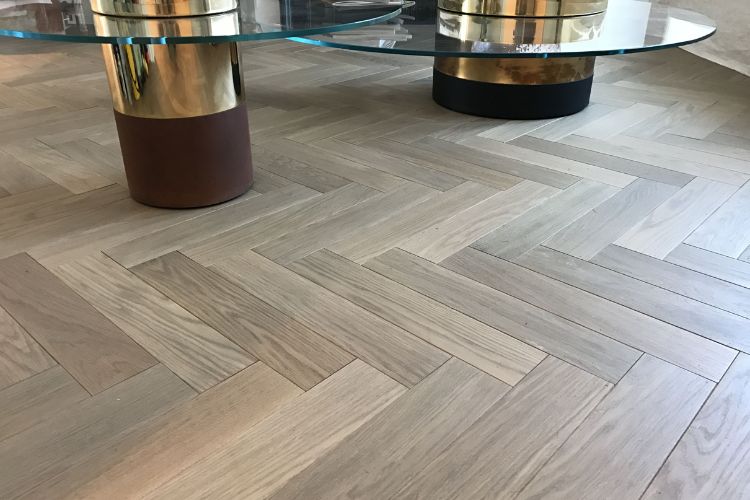
If you’re considering a flooring option that not only elevates your space but also adds value to your property, herringbone is a top contender. Its intricate design makes any room feel more sophisticated, and it’s a pattern that never goes out of style. Moreover, herringbone flooring is highly durable, making it a long-lasting investment for your home. In Dubai, where interior design trends often blend traditional and modern aesthetics, herringbone flooring perfectly complements both styles. Keeping up with Herringbone Flooring Trends ensures that your space remains stylish and timeless.
How to Care for Herringbone Flooring
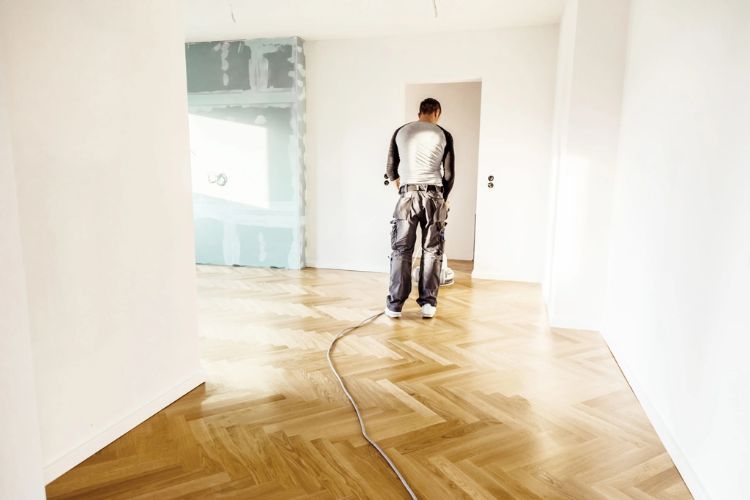
Maintaining the beauty of your herringbone flooring is relatively simple. Regular sweeping or vacuuming will help prevent dust and debris from scratching the surface. For wooden herringbone flooring, occasional polishing will keep it looking fresh and vibrant. Tile and engineered wood options require even less maintenance, making them ideal for high-traffic areas.
Conclusion
Herringbone flooring is more than just a flooring option—it’s a statement of style and sophistication. Its timeless appeal, combined with the flexibility to suit various design tastes, makes it a popular choice for homeowners looking to add a touch of elegance to their interiors. If you’re in Dubai and considering an upgrade to your floors, herringbone flooring offers both the durability and luxury to transform your space.


